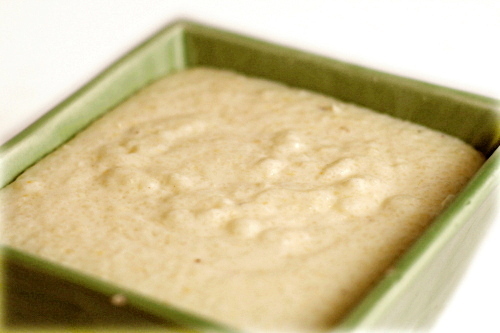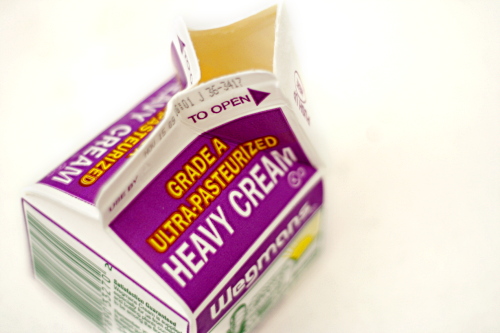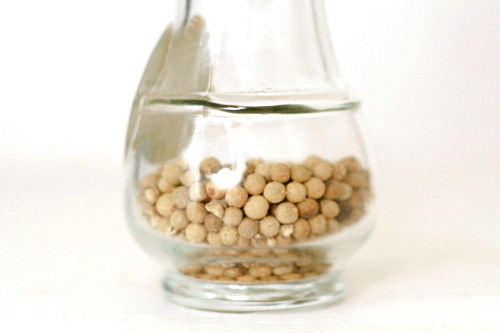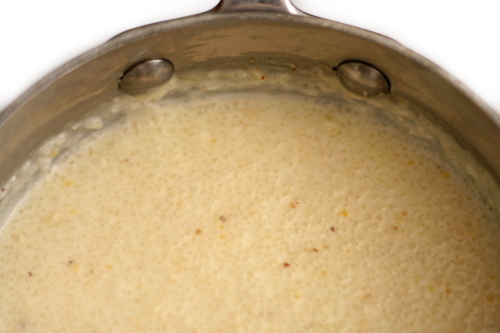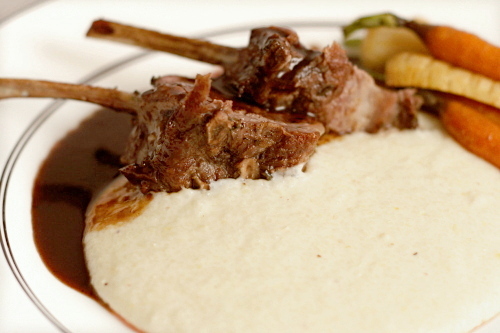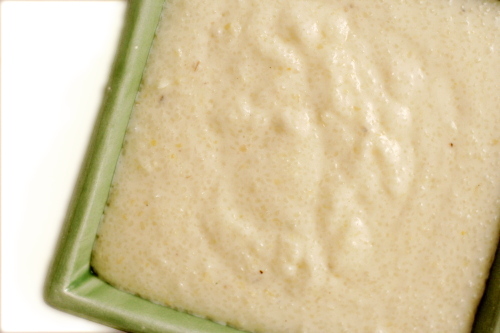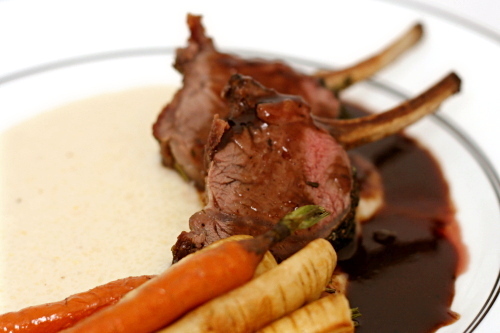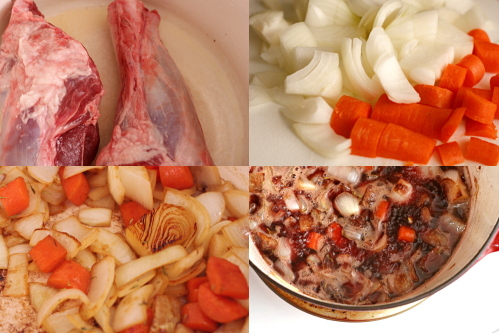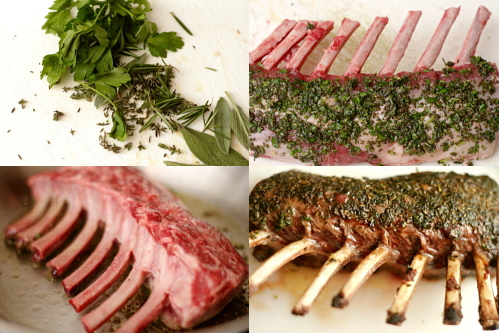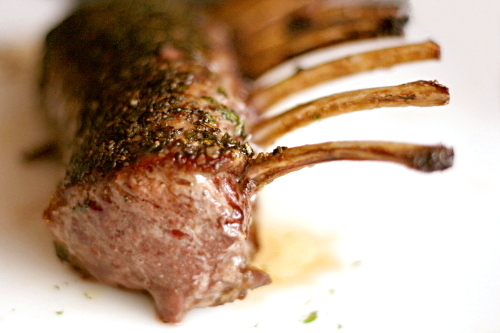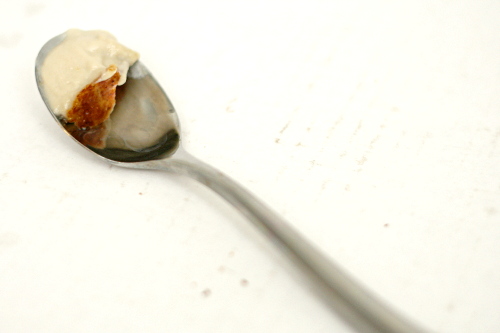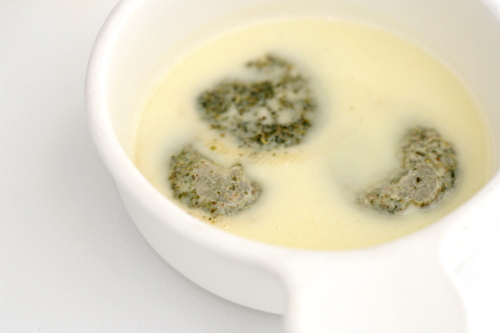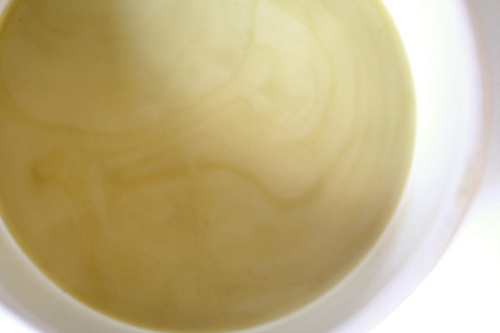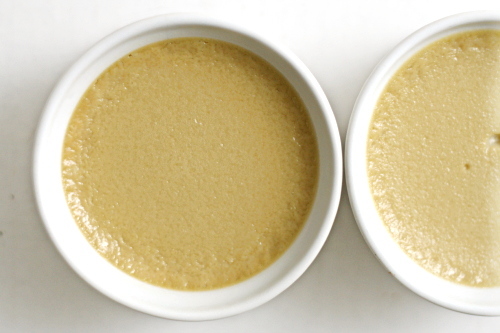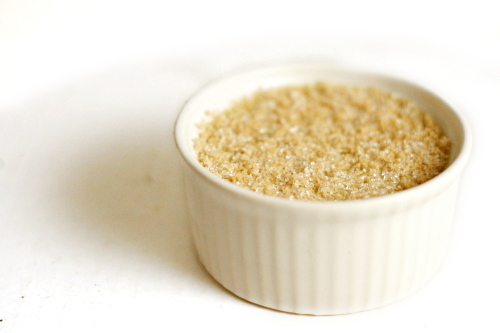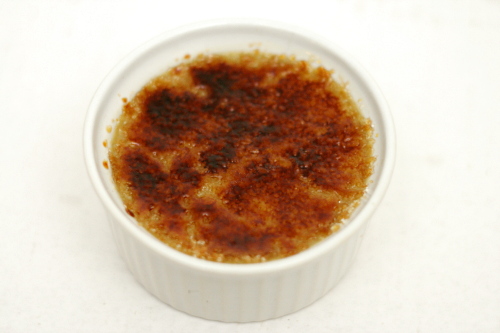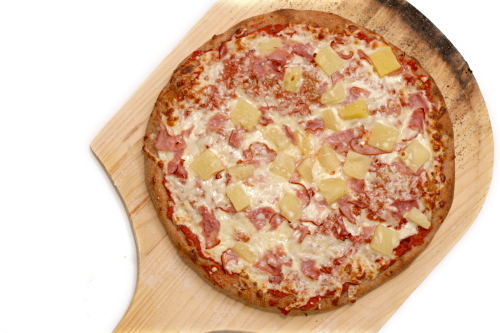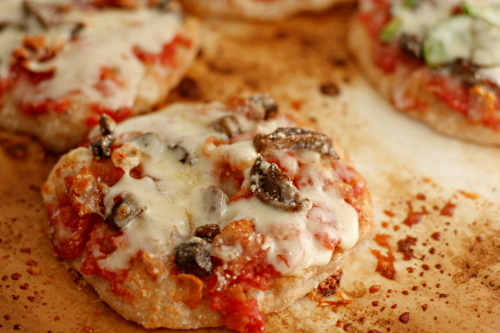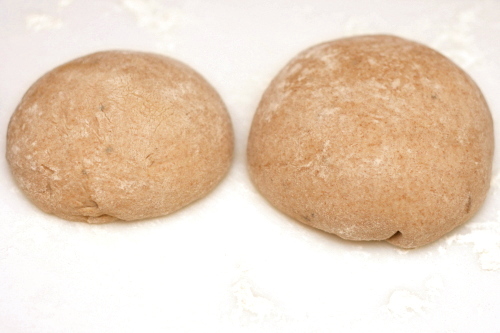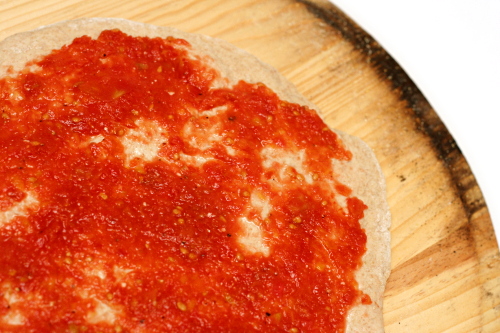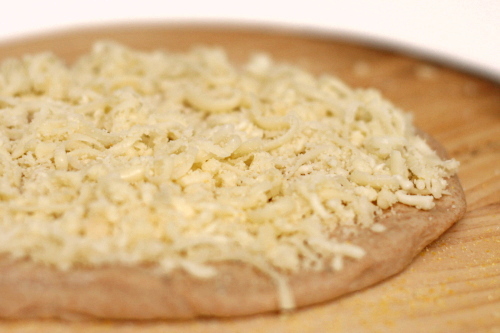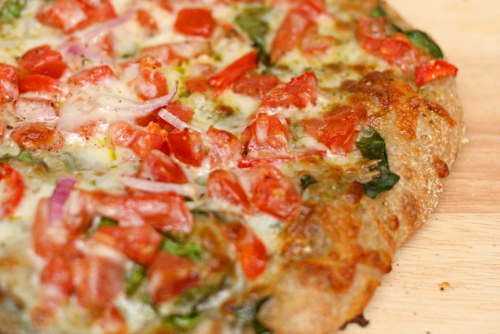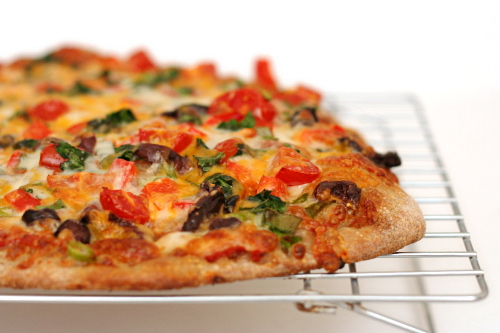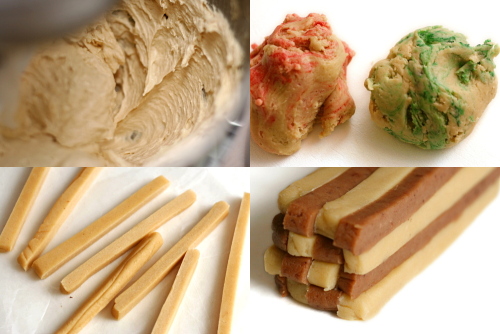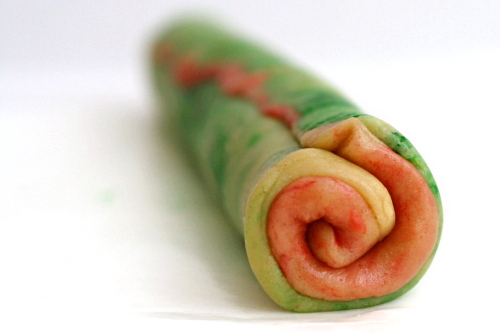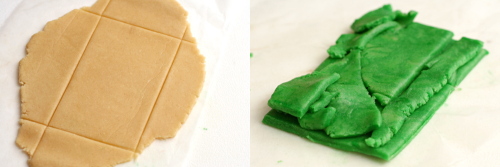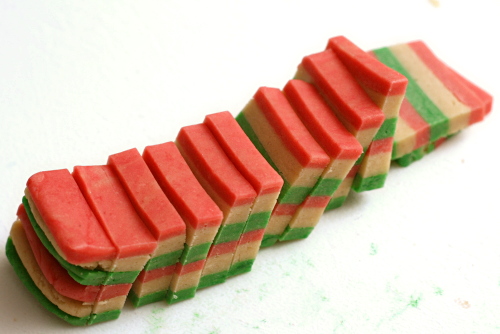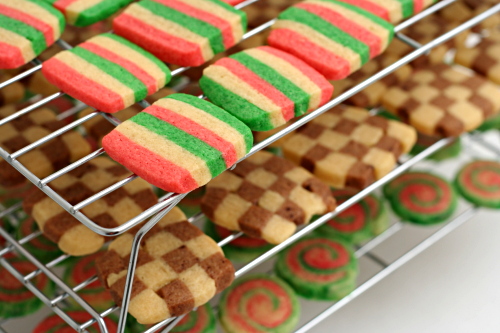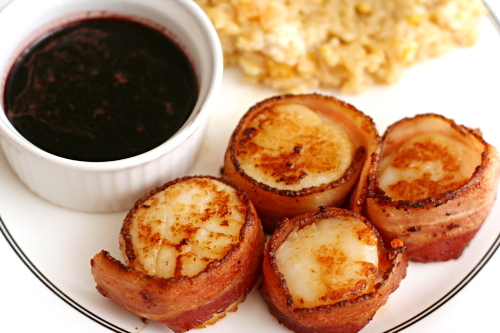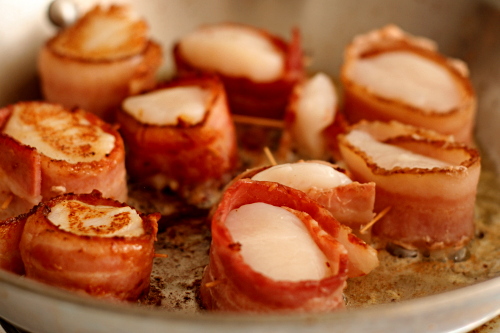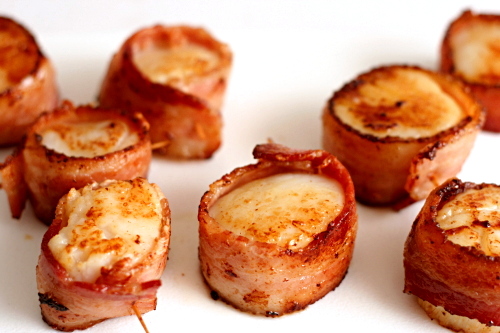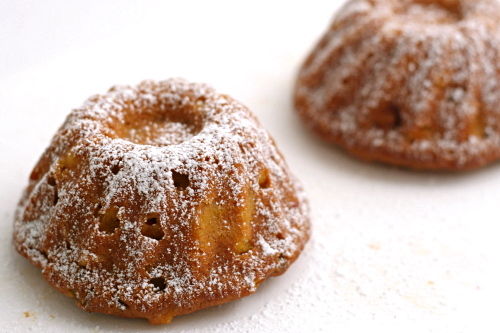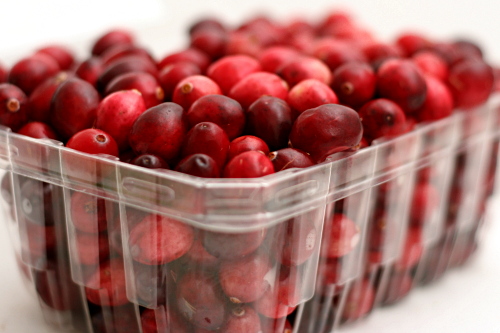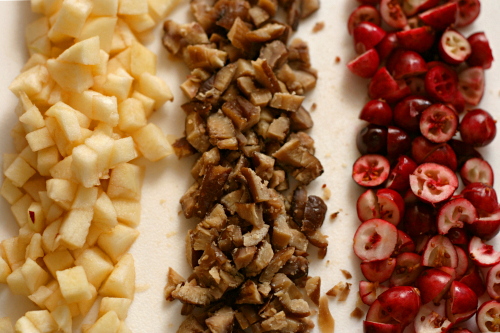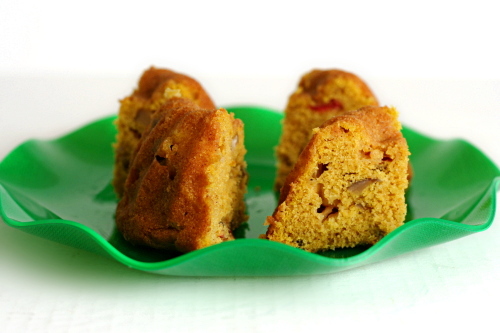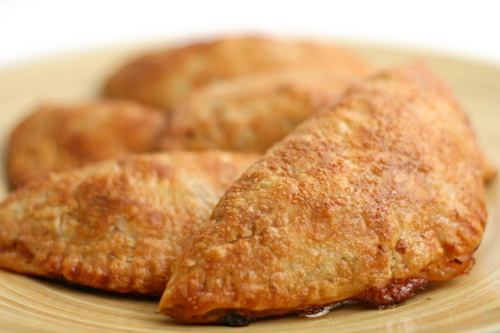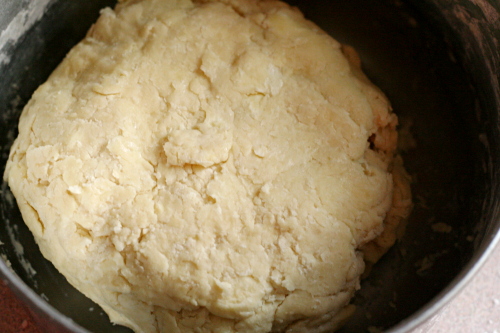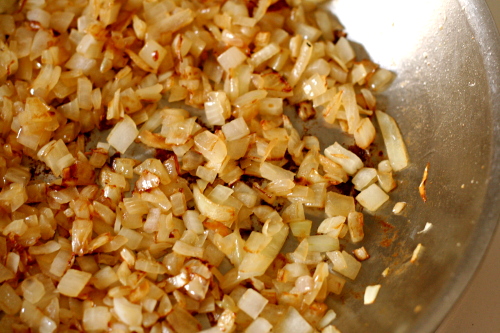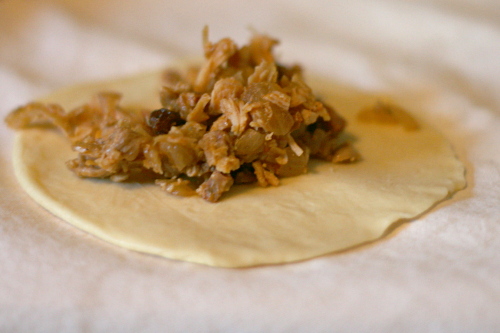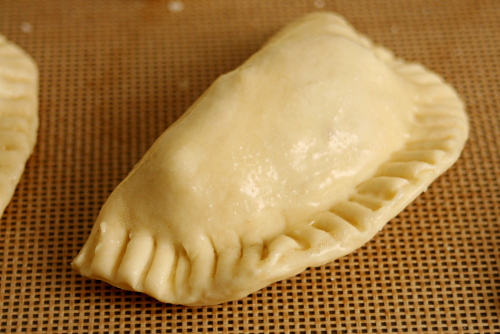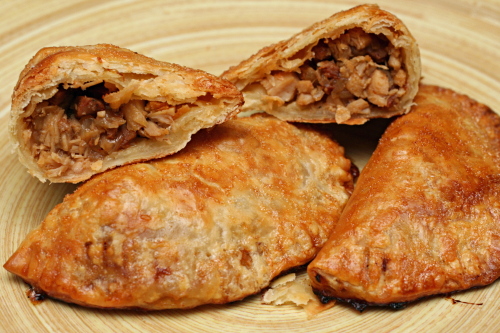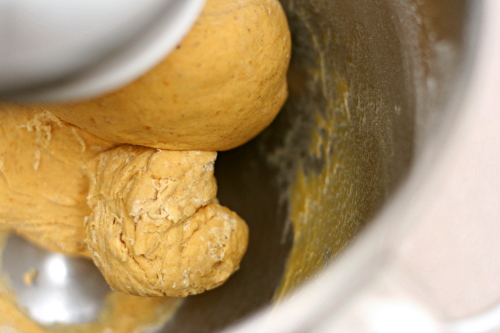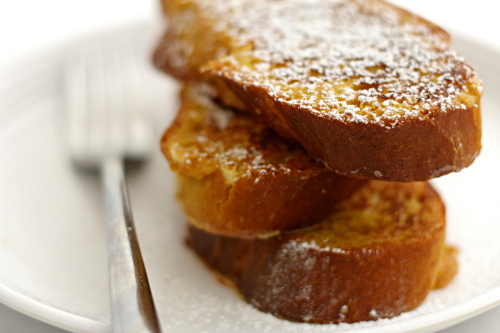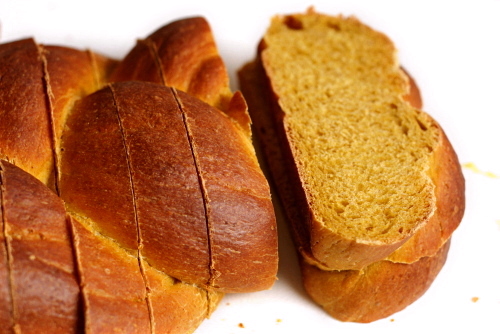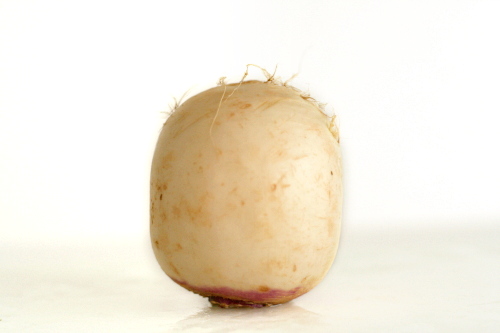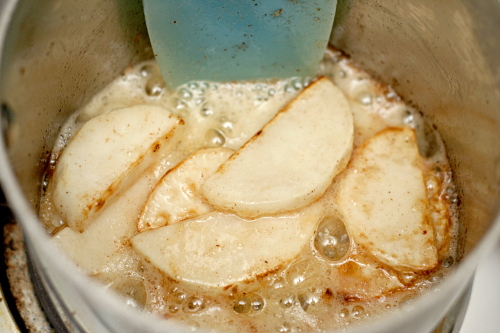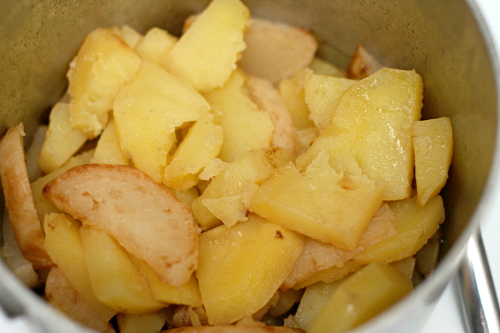The hardest part of blogging for me is the writing. The cooking I do naturally and the photography, even if it frustrates me sometimes, I’m always confident that I can do at least passably. But sitting down and trying to come up with something creative to say is a challenge for me more often than not.
And that’s why posting every day for a month, although difficult, is a valuable exercise for me. It’s like drilling. Anything I want to master, I have to repeat over and over again. It’s that way for dancing, music, even math. NaBloPoMo is just drilling for bloggers.
There is an entry or two in the last month that I’m not perfectly happy with, that I would have spent more time on if I hadn’t had to publish something that day. I’m not proud of that entry, but I am proud of the entire month of entries – for finishing it without what I thought was a significant loss of quality. I’m a better blogger for it, and hopefully a better writer.
Something else I like about blogging every day is that it’s easier to complete little series of posts – the three scone recipes in a row, some New Mexican food, and now this fantastic accompaniment to yesterday’s equally fantastic lamb.
These grits themselves are lovely and rich. But that soft texture and basic flavor means they lend themselves perfectly to soaking up a heady sauce like the lamb’s red wine sauce. The lamb was the star of the show, but it needed these grits singing backup to really shine.
One year ago: Chocolate Truffles
Two years ago: Crockpot Rice and Beans
Printer Friendly Recipe
Soft and Sexy Grits (from Cooks Illustrated’s Restaurant Favorites at Home)
Because ground pepper loses its flavor so fast and I don’t use white pepper enough to have a dedicated pepper mill for it, I buy it in a container that has its own built-in grinder.
2 tablespoons butter
2 garlic cloves, minced or pressed through a garlic press
4 cups low-sodium chicken broth
2 cups whole milk
2 cups heavy cream
2 cups quick grits
hot pepper sauce, such as Tabasco
Salt and ground white pepper
1. Melt the butter in a large saucepan over medium heat. Add the garlic and cook until softened and fragrant, about 30 seconds. Increase the heat to medium-high, add the broth, milk, and cream, and bring just to a boil.
2. Reduce the heat to low and, stirring constantly with a wooden spoon, slowly add the grits. Simmer, stirring occasionally, until the grits are smooth and creamy, 8 to 10 minutes. Season with Tabasco and salt and pepper to taste. Serve immediately, or cover the pan to keep the grits warm and serve within 15 minutes. (You should not need to add any more liquid.)
